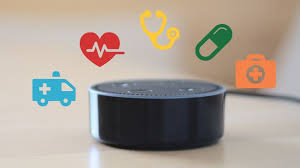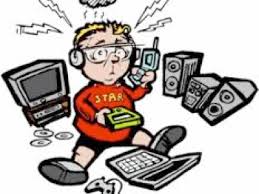Older adults can save tens of thousands of dollars annually by choosing assisted living communities over aging in place in their homes.
Unlike point solutions, Inspiren unifies resident safety, care planning, staffing, and emergency response into a single AI-powered platform.
An artificial intelligence-powered virtual assistant platform for senior living and care providers.

 The Voice Summit, like Voice First itself, is still in its early years. The second annual event was last week – and you would think incorrectly that at least one writer from a national news media outlet would have written about it by now, especially with 5000 attendees, sponsorships from Amazon and Google, 150 exhibitors, and
The Voice Summit, like Voice First itself, is still in its early years. The second annual event was last week – and you would think incorrectly that at least one writer from a national news media outlet would have written about it by now, especially with 5000 attendees, sponsorships from Amazon and Google, 150 exhibitors, and  It’s a given -- Voice First will be even more pervasive in 2020. The rapid growth of the market for voice-enabled technologies has been a phenomenon within the past two years that can understand spoken requests and commands, answer questions, and even offer scheduled alerts. Industry firms like
It’s a given -- Voice First will be even more pervasive in 2020. The rapid growth of the market for voice-enabled technologies has been a phenomenon within the past two years that can understand spoken requests and commands, answer questions, and even offer scheduled alerts. Industry firms like  Here’s a test. Can you look at a
Here’s a test. Can you look at a  More smarts are moving into tech for older adults. AI capabilities combined with a Voice First interface is increasingly expected – and so they are part of new offerings to help older adults, both living at home or in senior living communities. Will older adults be comfortable with them? Will they be used effectively to help them remain as safe, independent and/or well as possible? These remain to be validated, but between the smarter homes and the smart devices, we are heading into another wave of innovation. Here are six technologies (alphabetical order) entering the space – information is drawn from firm websites:
More smarts are moving into tech for older adults. AI capabilities combined with a Voice First interface is increasingly expected – and so they are part of new offerings to help older adults, both living at home or in senior living communities. Will older adults be comfortable with them? Will they be used effectively to help them remain as safe, independent and/or well as possible? These remain to be validated, but between the smarter homes and the smart devices, we are heading into another wave of innovation. Here are six technologies (alphabetical order) entering the space – information is drawn from firm websites: